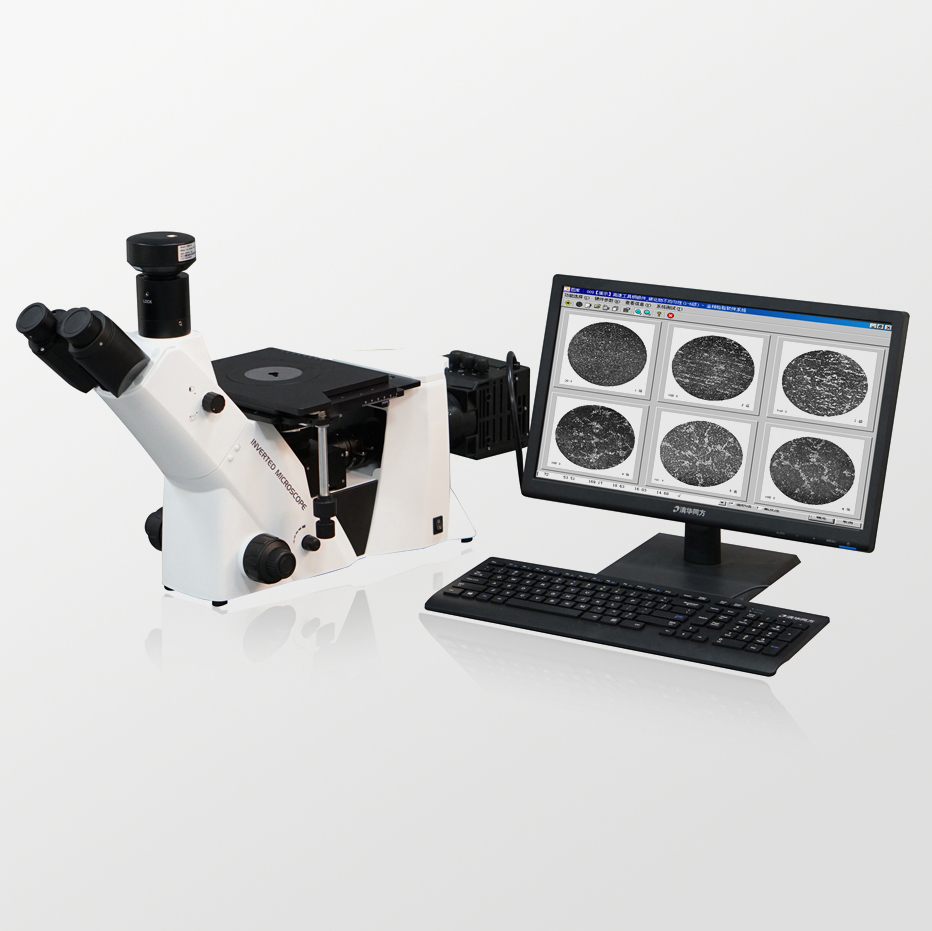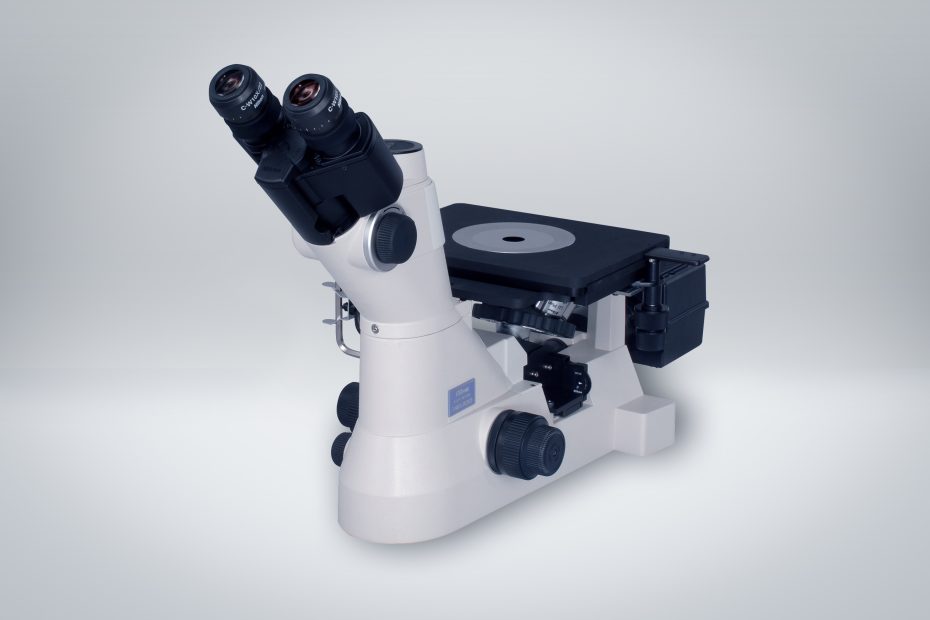Metallographic analysis can be used as a tool to help identify metals or alloys, determine whether an alloy has been processed correctly, examine multiple phases within a material, locate and characterize defects, or observe damage or degradation in the field of failure analysis investigations. The most common method used in this type of evaluation is microscopic examination.
What is a Metallographic Microscope?
The metallographic microscope is an optical microscope system designed for metallography, sometimes called material microscope, with the help of an optical (metallographic) microscope and stereo microscope to analyze and study the microstructure, low-magnification structure and fracture structure of materials, etc. The material subject branch of characterization includes not only the imaging of material microstructure and its qualitative and quantitative characterization but also the necessary sample preparation, preparation, and sampling methods.
It mainly reflects and characterizes the phase and tissue composition, grains (including possible sub-grains), non-metallic inclusions, and even some crystal defects (such as dislocations) of the phase and structure composition, shape, size, distribution, Orientation, spatial arrangement, etc.
Both optical microscopy with energy-dispersive X-ray analysis (SEM/EDX) and scanning electron microscopy can be used for metallographic analysis. X-ray photoelectron spectroscopy can also be used to measure and identify carbide and graphite inclusions and the formation of intermetallic compounds.

Computer-type metallographic microscope or digital metallographic microscope is a high-tech product developed by perfectly combining optical microscope technology, photoelectric conversion technology, and computer image processing technology. It can easily observe metallographic images on a computer, so as to analyze the metallographic map, grade, etc., and output and print the pictures.
System Composition of Metallographic Microscope
- Computer-type metallographic microscope:
1. Metallographic microscope 2. Adapter mirror 3. Camera (CCD) 4. A/D (image acquisition) 5. Computer
- Digital camera-type metallographic microscope:
1. Metallographic microscope 2. Adapter lens 3. Digital camera
Characteristics of Metallographic Microscope
Metallographic microscopes may look similar to compound biological microscopes, but they differ in many ways. With a metallurgical microscope, users can observe samples at high magnifications (up to 500x and 1000x) without letting any light pass through the sample as is done with biological samples. Stereo microscopes are another option when reflected illumination is required, but metallographic microscopes offer much higher resolution (and magnification) than stereomicroscopes.
Features:
Metallographic microscopes have several unique features not found in biological or stereo microscopes:
- Polarization
- Differential Interference Contrast (DIC)
- High magnification and high resolution under reflected light illumination
- Brightfield and darkfield options
- Reflected (and sometimes transmitted) lighting
The use of the metallographic microscope
Metallographic microscopes find use in virtually any industry or science where flat or shiny metals and other surfaces must be viewed. Traditional stereo microscopes cannot do this.
Because of the way metallographic microscopes use light to reflect off specimens, researchers can look at these materials in greater detail than before, which is beneficial in a variety of fields.
Metallurgical microscopes are crucial in metallurgy and archaeometallurgy, fields devoted to the study of metals today and throughout history.
Many gemological researchers use metallurgical microscopes when grading and valuing gemstones.
Metallographic microscopes are also used in mineralogy. Mineralogists can use microscopes to identify the mineral origin, age, and a variety of other properties not possible with standard microscopes.
